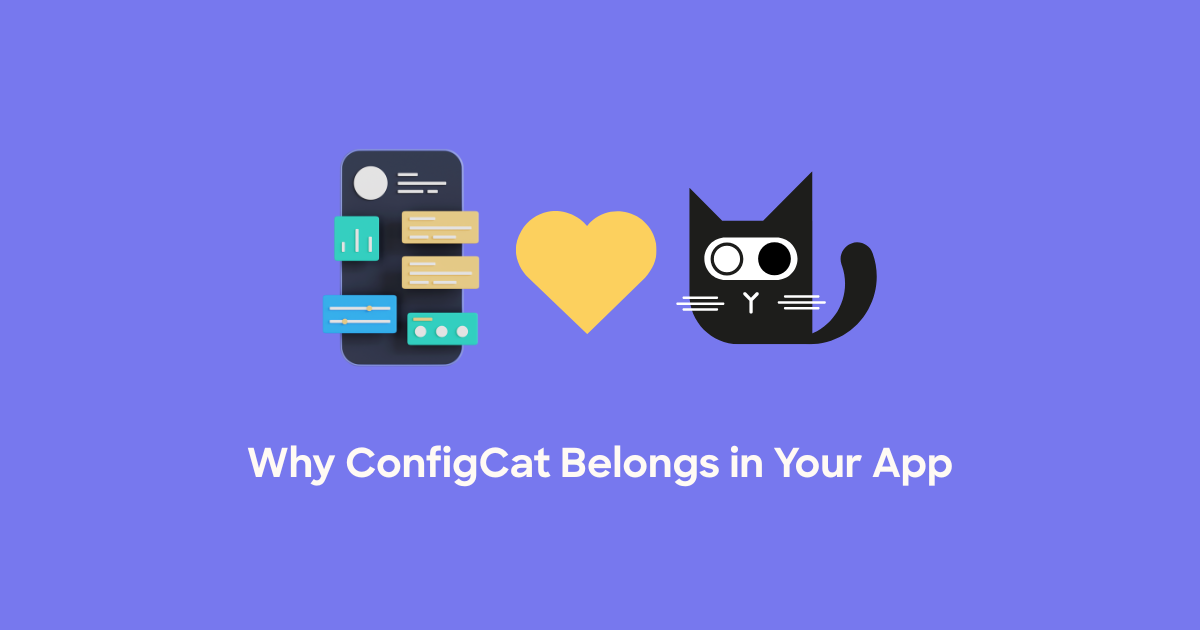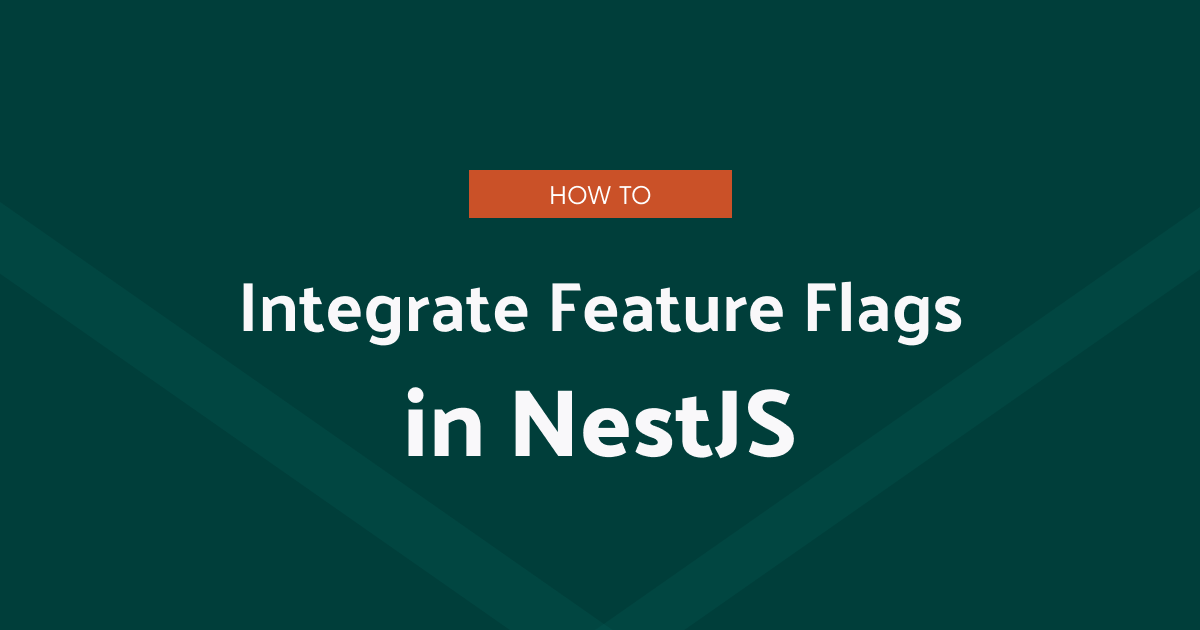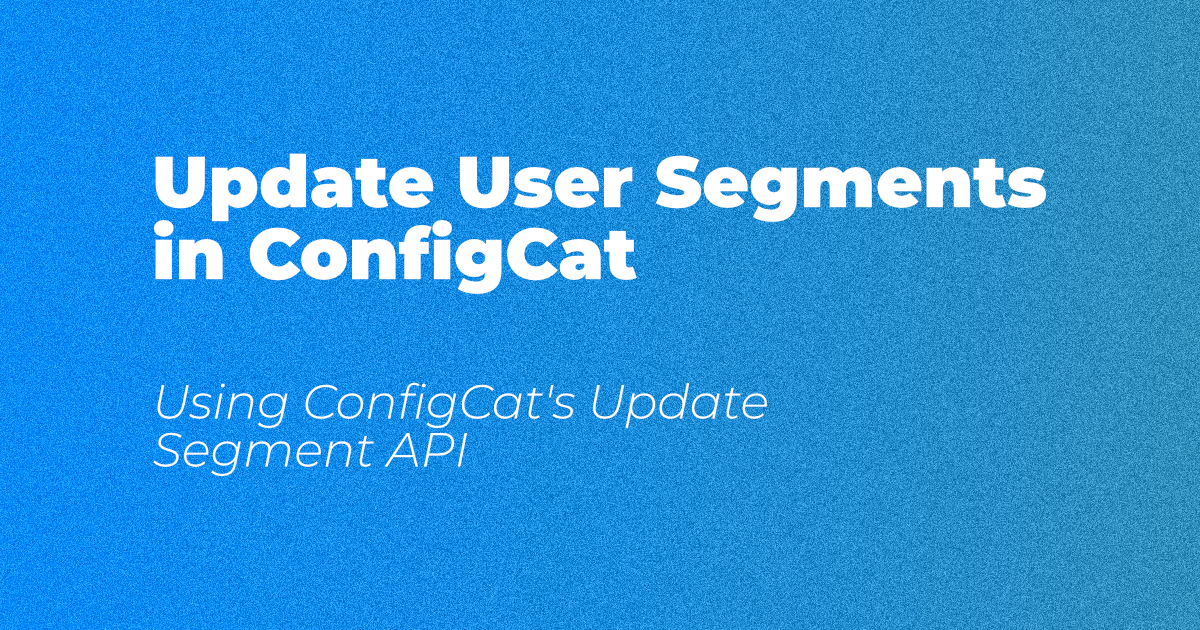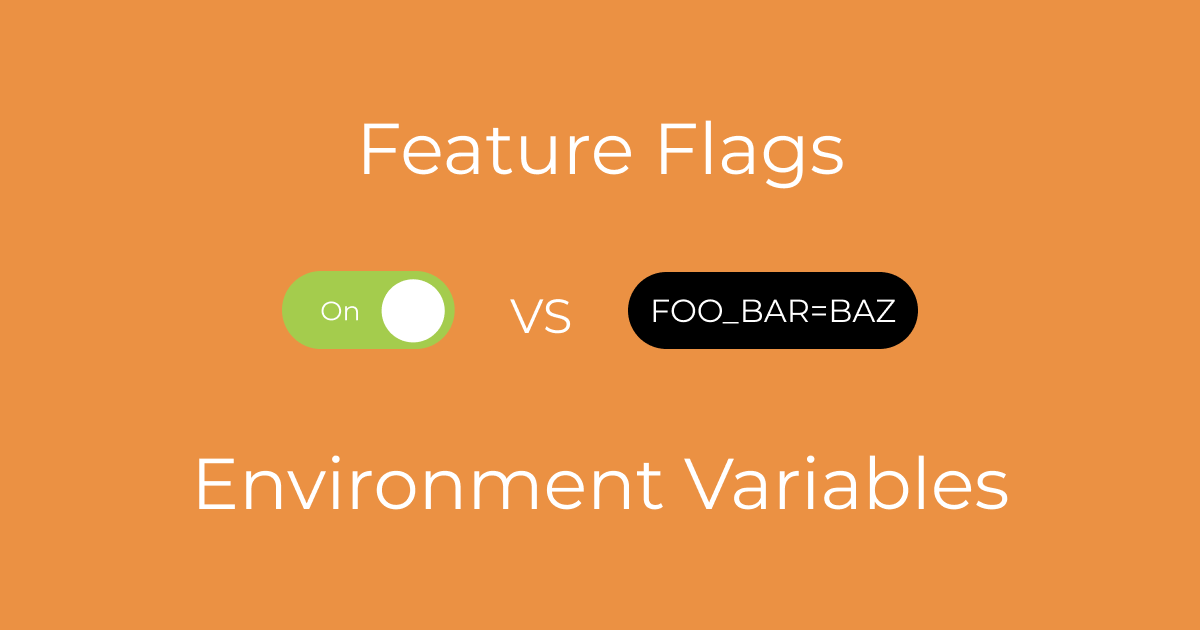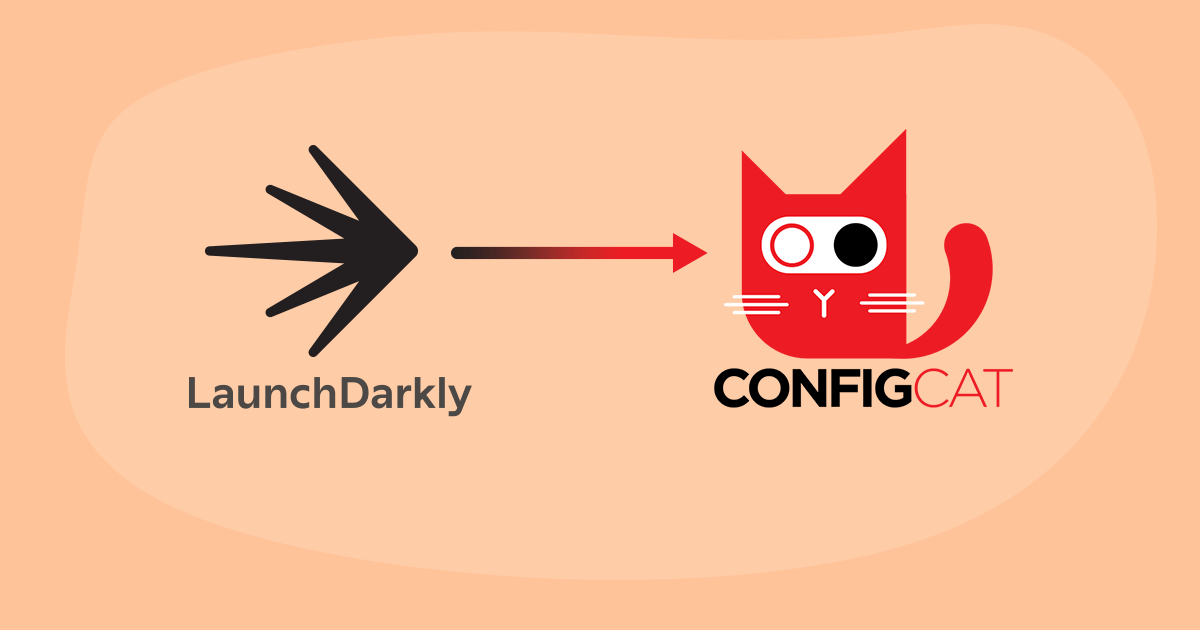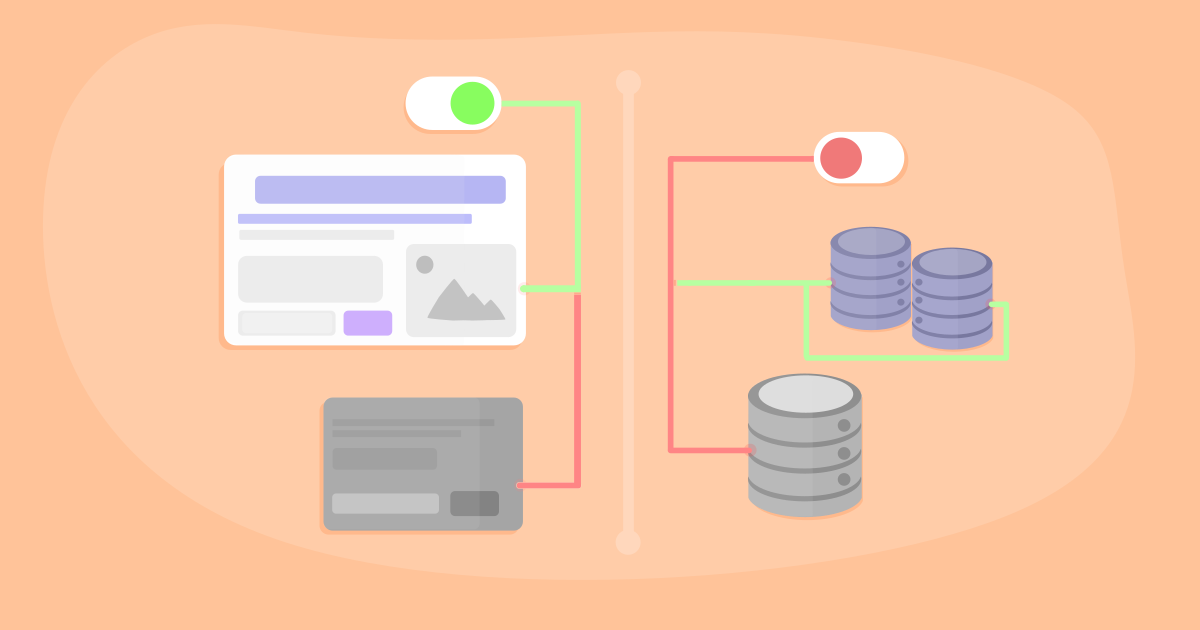Top 8 LaunchDarkly Alternatives in 2025
Feature flags save lives (okay, at least your weekends). They let you release features safely, test ideas with real users, and roll back when things break.
LaunchDarkly is the biggest name in the game, but it's not always the best fit. Maybe you need simple pricing, zero data collection, or an open-source option you can self-host. The good news: there are amazing Launchdarkly alternatives out there.
Here are the 8 best feature flag tools in 2025 to help you ship faster, safer, and stress-free.



